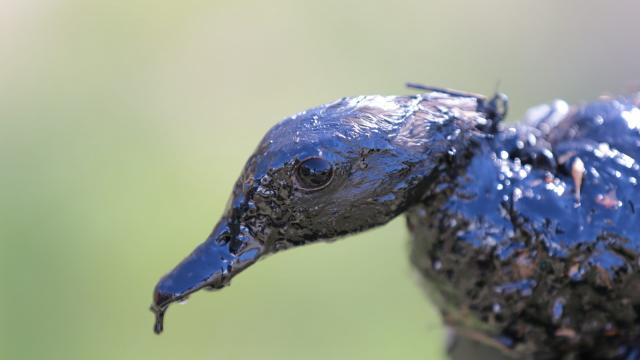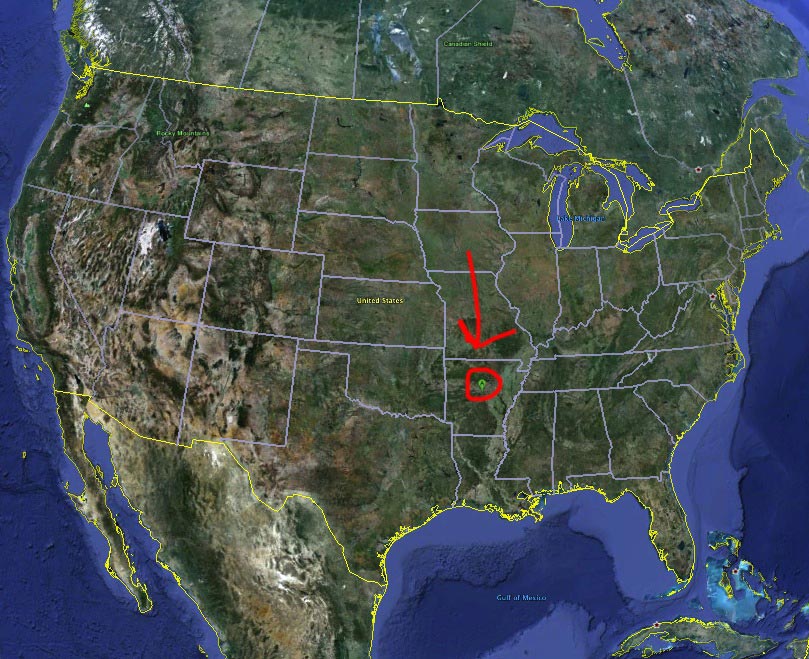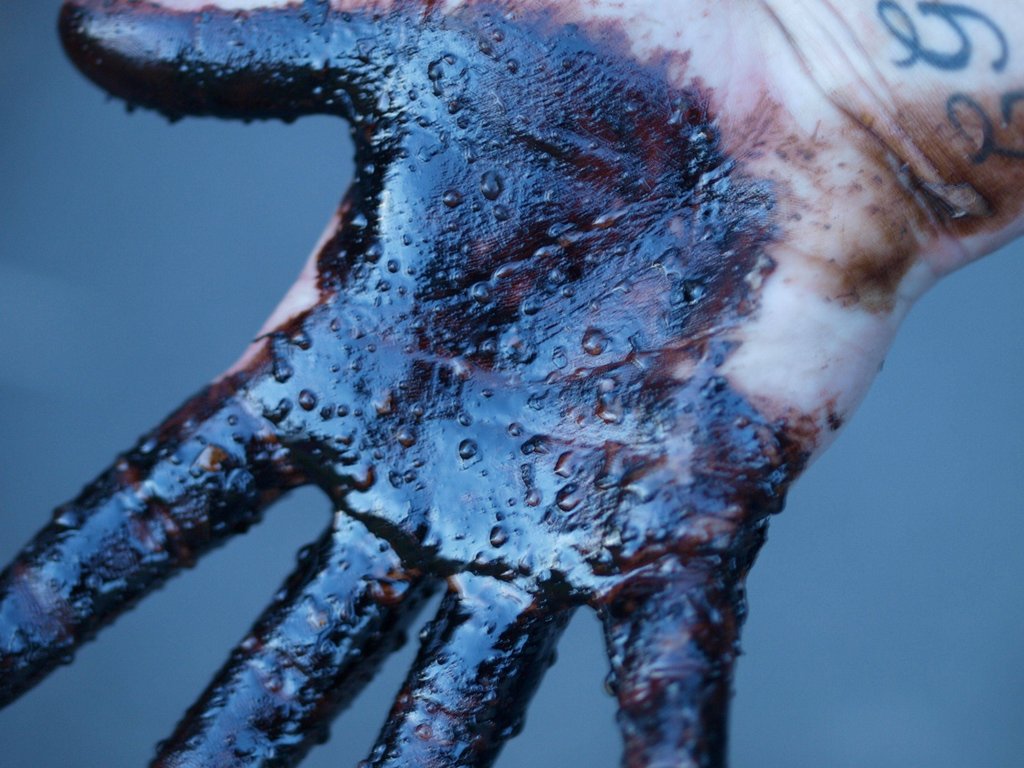
David Lincoln thinks so. Lincoln is an environmental consultant with over 15 years’ experience studying chemical exposure and potential health effects. He didn’t go to Mayflower to see the spill because, he told a group of residents at a meeting this September, “I’ve been to too many oil spills. You don’t stand there and look at ‘em. It’s not healthy.” Since the spill, however, he’s devoted himself to informing local residents about the science behind the spill.
Lincoln says the state has the tools necessary to determine which poisons were released, in what concentration, and how far they spread. For a growing number of residents who find themselves chronically sick after the spill but without any way to prove causation, this information could be decisive in court battles with Exxon.
The ALOHA (Areal Locations of Hazardous Atmospheres) Gas Dispersion Model was developed by the National Oceanic and Atmospheric Administration and the EPA, and is available for free. One simply inputs variables such as the composition of the oil, the temperature, the quantity spilled and at what rate, the wind speed, etc., and ALOHA produces detailed maps of the toxic plume at various concentrations.
Lincoln is certain that the state agencies have modeled the spill. Running such models is standard practice, even for small disasters. He shows one example, from the spill of a mere 7,000 gallons from an overturned tanker truck in Massachusetts, in which ALOHA was used to produce detailed maps of the benzene plume at various concentrations.
“These are EPA models. These are NOAA models. These are ADEQ models. When are they going to tell you what you’ve been exposed to?”
As an environmental consultant, Lincoln is experienced with these models, but he doesn’t have the basic data to run an accurate simulation. Neither Exxon nor governmental agencies will divulge certain vital details like the composition of the oil and the amount spilled.
The Material Safety Data Sheet for Wabasca Heavy Crude is very vague about the concentrations of toxins. The amount of natural gasoline or naptha used as a diluent to allow the highly viscous bitumen to flow through the pipe could be anywhere between 10 and 50 percent.
The amount of BTEX (benzene, toluene, ethylbenzene, and xylene), the suite of extremely dangerous volatile organic compounds found in petroleum, could range from 4 percent to 20 percent.
The size of the spill is also unknown to the general public. Media sources often say 210,000 gallons. Lincoln argues that the spill could have been much larger. Officials announced that they had recovered over 500,000 gallons of mixed oil and water in the first day of cleanup. “Don’t you think they were getting the oil before they got the water?” asks Lincoln.
Over a week later, there was still a massive quantity of unrecovered oil, as shown by guerrilla footage from Tar Sands Blockade. Cleanup crews continued to pump oil and water into tanker trucks long after the spill. Though it should have been a simple matter to measure how much oil was recovered, no such information was ever released.
“Did the ADEQ report how much oil they measured? Did they report the analysis? Who are they keeping this stuff secret from?” asks Lincoln.
“The attorney general has 12,000 pages of information he got from Exxon, it’s been six months and we still don’t have the inventory of what Exxon turned over,” he adds.
With that missing data, Lincoln (or anyone who downloads ALOHA) could model the dispersion of benzene, hydrogen sulfide, and other dangerous gases. Residents could compile a detailed log of where they were when the spill happened, how much time they spent in the neighborhood after the spill, and build a profile of their own exposure to prove that Exxon is responsible for their illness and should provide compensation.
Without this information, Mayflower residents will never know how badly they were poisoned. Air monitoring only began several hours after the spill. Because gases like benzene dissipate rapidly, we can only guess at just how big of a dose the residents of Mayflower absorbed. Assuming the estimate of 210,000 gallons is accurate, somewhere between 2,100 and 8,400 of benzene were released.
Because most people aren’t aware that models such as ALOHA exist, it’s easy for regulators to shrug their shoulders and say that they don’t have any more information. The fact that none of these models have been released, however, gives yet more evidence of outright collusion between government agencies and Exxon.
One last point: ALOHA is predictive. One needn’t wait for a disaster to input the variables and calculate what would if a pipeline bursts. In fact, it’s standard practice. Without a doubt, Exxon already had models showing the deadly plume of toxins that would be released from a rupture in Pegasus. They knew exactly what would happen – but with approximately $1 million in revenue flowing through Pegasus every day, it seems that they simply didn’t care.
3 WAYS TO SHOW YOUR SUPPORT
- Log in to post comments

















